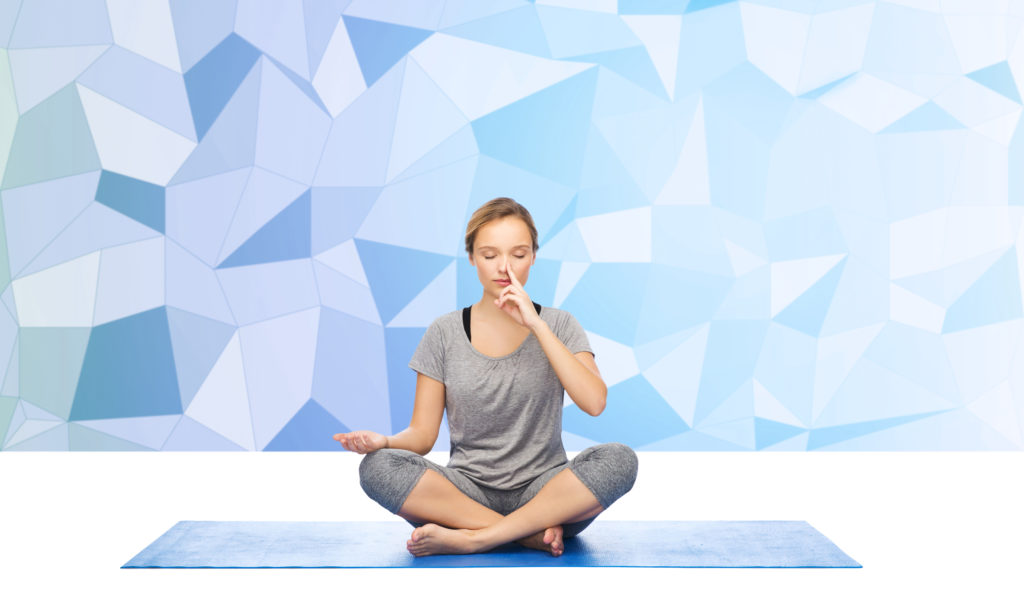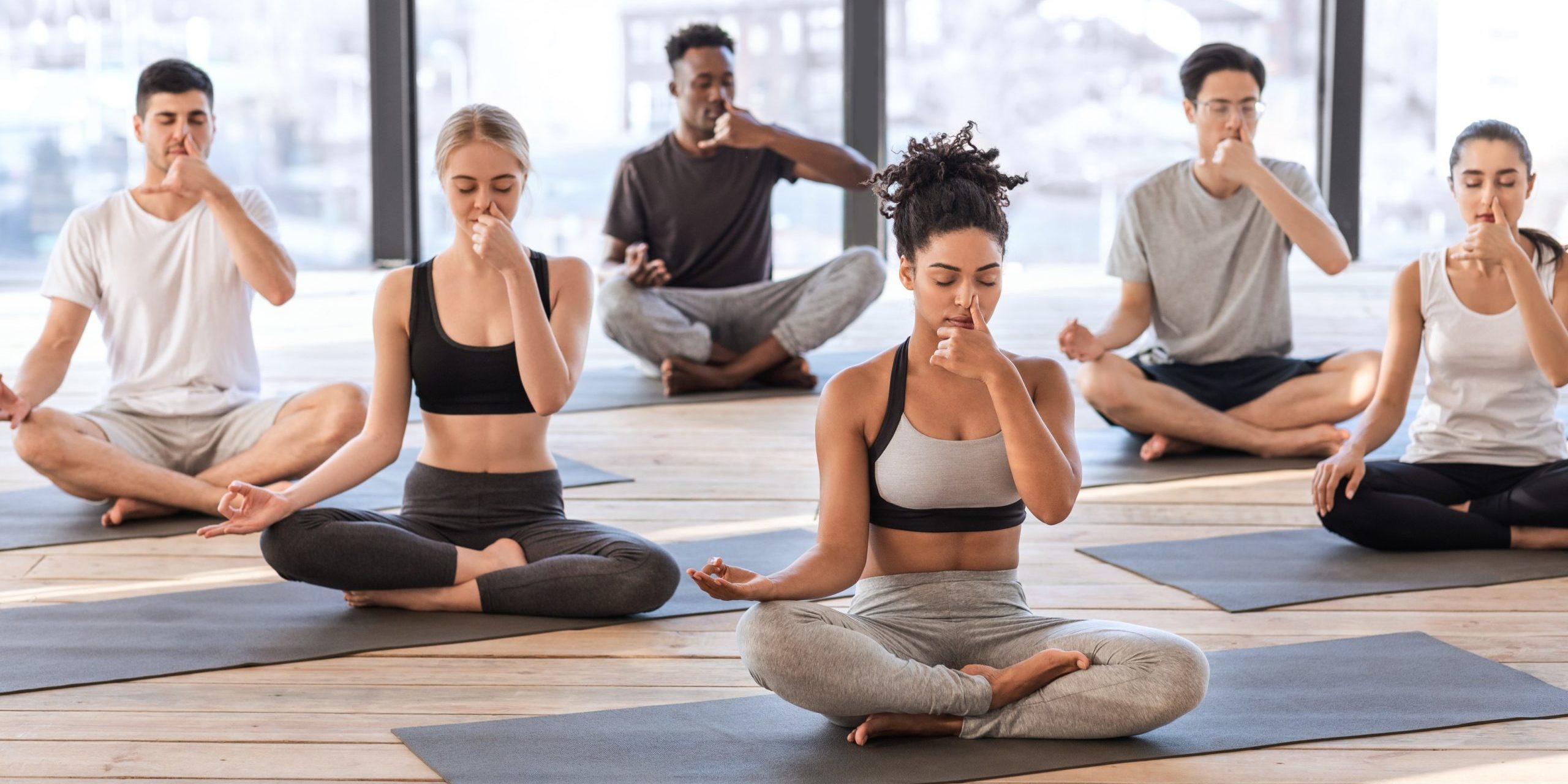Introduction
In today’s fast-paced world, maintaining healthy, glowing skin can be quite a challenge. Pollution, stress, and poor lifestyle choices often take a toll on our skin’s health and radiance. However, the ancient wisdom of Ayurveda, combined with the practice of yoga, can provide natural and holistic solutions for achieving that coveted glow. In this blog post, we’ll explore yoga poses and breathing techniques, in accordance with Ayurvedic principles, that can help you achieve radiant and healthy skin.
Understanding Ayurveda and Skin Health
Ayurveda, the traditional system of medicine from India, places great importance on maintaining balance and harmony within the body. According to Ayurveda, glowing skin is a reflection of internal balance. To achieve this, Ayurveda categorizes individuals into three doshas: Vata, Pitta, and Kapha. Each dosha corresponds to specific skin types and characteristics. Balancing your dosha based on your skin type is the key to achieving radiant skin.
Yoga Poses for Glowing Skin

- Sarvangasana (Shoulder Stand): This inversion pose enhances blood circulation to the face and neck, helping nourish the skin with oxygen and nutrients. It also balances the thyroid, which is vital for healthy skin.
- Matsyasana (Fish Pose): This asana stretches the neck and chest, which can alleviate tension and stress. Stress is a common factor that contributes to skin issues, so this pose can help keep your skin calm and healthy.
- Twisting Poses: Poses like Ardha Matsyendrasana (Half Spinal Twist) or Bharadvajasana involve gentle twisting, which aids in detoxifying the body and can improve skin clarity and radiance.
- Pranayama (Breathing Techniques): Breathing practices in yoga, such as Anulom Vilom and Kapalbhati, help oxygenate the blood and reduce stress. Proper oxygenation is essential for skin health, and stress reduction can prevent skin-related problems like acne.
Breathing Techniques for Glowing Skin
- Sheetali Pranayama (Cooling Breath): This breath involves inhaling through a rolled tongue or pursed lips, which cools the body and can be soothing for skin conditions like acne and rashes.
- Bhastrika Pranayama (Bellows Breath): This energizing breath can help remove toxins from the body, which can lead to clearer skin.
- Kapalabhati Pranayama (Skull Shining Breath): Known for its detoxifying properties, Kapalabhati can help cleanse the skin from within by removing impurities and boosting blood circulation.
Balancing Your Dosha
To achieve glowing skin, according to Ayurveda, it’s essential to balance your dosha. Here are some general guidelines:
- For Vata skin: Focus on poses and practices that are grounding and moisturizing, with an emphasis on gentle and nourishing postures.
- For Pitta skin: Opt for cooling and calming poses and breathing techniques to reduce inflammation and soothe the skin.
- For Kapha skin: Prioritize invigorating poses and breathing exercises to stimulate circulation and reduce stagnation.
Conclusion
Incorporating yoga poses and breathing techniques aligned with Ayurvedic principles into your daily routine can lead to healthier, more radiant skin. Remember that consistency is critical, and it may take some time to see significant results. Alongside these practices, maintaining a balanced and nourishing diet, staying hydrated, and getting sufficient sleep is equally vital for achieving that natural glow. By embracing the wisdom of Ayurveda and the power of yoga, you can nurture your skin from within, achieving a luminous complexion that reflects your overall well-being.
1. What is Ayurveda, and how does it relate to skin health?
- Ayurveda is an ancient system of medicine that emphasizes balance and harmony within the body. It categorizes individuals into doshas (Vata, Pitta, and Kapha) and provides guidelines for maintaining skin health based on one’s dosha.
2. Can yoga and Ayurveda really improve the health of my skin?
- Yes, yoga and Ayurveda can help improve skin health by promoting overall well-being. They can help balance your dosha, reduce stress, and stimulate circulation, all of which contribute to radiant skin.
3. How do I determine my dosha and skin type according to Ayurveda?
- You can consult with an Ayurvedic practitioner for a professional assessment, or you can take online quizzes and questionnaires that can provide insights into your dominant dosha.
4. Are there any specific yoga poses I should avoid for skin health?
- While most yoga poses are beneficial for overall well-being, individuals with certain skin conditions or medical issues should consult with a healthcare provider or yoga instructor to determine any contraindications.
5. How long does it take to see results in my skin’s appearance through yoga and Ayurveda practices?
- The timeline for visible results can vary from person to person. Generally, consistent practice over several weeks to months can lead to noticeable improvements in skin health.
6. Are there any dietary recommendations in Ayurveda to support glowing skin?
- Yes, Ayurveda often recommends dietary changes based on your dosha. For example, a Pitta-balancing diet may include foods that are cooling and hydrating, while a Kapha-balancing diet may focus on lighter, more refreshing foods.
7. Can yoga and Ayurveda help with specific skin conditions like acne or eczema?
- While yoga and Ayurveda can contribute to overall skin health, individual results may vary. It’s advisable to consult with a healthcare professional for specific treatment of skin conditions.
8. How often should I practice these yoga poses and breathing techniques for optimal results?
- The frequency of practice depends on your schedule and goals. Practicing these techniques at least a few times a week can provide benefits. However, daily routine is encouraged for the best results.
9. Can these practices help reduce signs of aging and wrinkles on the skin?
- Yes, these practices can improve skin elasticity and overall skin health, which may reduce the appearance of aging. Consistency is critical for long-term benefits.
10. Are there any age or fitness restrictions for practicing these yoga poses and breathing techniques?
- Yoga and Ayurveda practices can be adapted to accommodate various fitness levels and ages. It’s essential to practice within your abilities and consult with a yoga instructor if you have any concerns or limitations.







